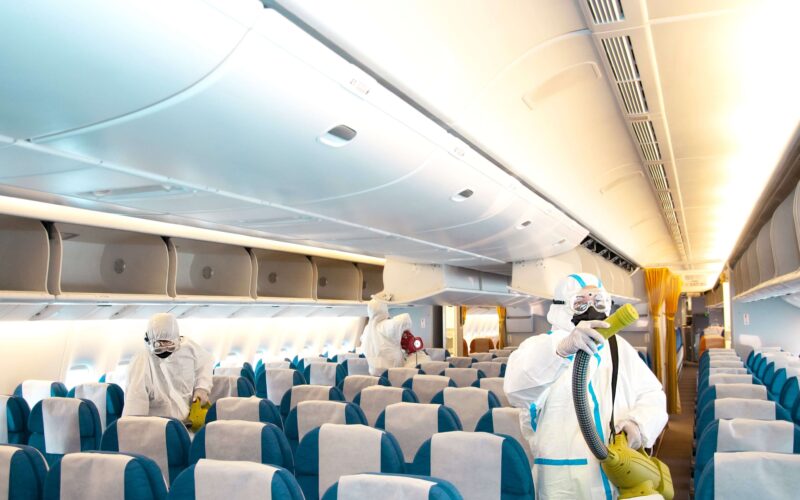The International Air Transport Association (IATA) has encouraged countries in the Asia-Pacific region to accelerate mitigation of COVID-19 pandemic-related air travel restrictions in order to stimulate the recovery process in the region.
Speaking at the Changi Aviation Summit on May 17, 2022, the Director-General of the IATA, Willie Walsh, advised governments of Asia-Pacific countries to continue easing air travel restriction measures to support aviation business recovery.
According to Walsh, countries should remove all travel restrictions for fully-vaccinated travelers as well as lift the face mask mandate for air travel. The head of the association also encouraged governments to eliminate the mandatory testing and quarantine for unvaccinated passengers in most parts of the region.
“Supporting and more importantly accelerating the recovery will need a whole of industry and government approach. Airlines are bringing back the flights. Airports need to be able to handle the demand. And governments need to be able to process security clearances and other documentation for key personnel efficiently,” the Director-General was quoted as saying in the IATA statement.
Walsh added: “Asia-Pacific is playing catch-up on restarting travel after COVID-19, but there is growing momentum with governments lifting many travel restrictions. The demand for people to travel is clear. As soon as measures are relaxed there is an immediate positive reaction from travelers. It is critical that all stakeholders, including governments, are well-prepared for the restart. We cannot delay.“
At present, passenger demand for air travel in the region has fallen behind the global trend, where aviation markets have already reached up to 60% of 2019 levels. The latest IATA data for passenger demand in Asia-Pacific indicates that, as of March 2022, the region has recovered only 17% of pre-pandemic levels.
“The lag is because of government restrictions. The sooner they are lifted, the sooner we will see a recovery in the region’s travel and tourism sector, and all the economic benefits that will bring,” Walsh explained.
IATA also noted that China and Japan currently have the most complicated environments for market recovery. While China strictly follows its zero-COVID policy, which complicated the reopening of the country‘s borders, Japan still lacks a clear plan on how its borders could be reopened for all inbound travelers.
The association considers that these legal circumstances are the main factors putting full recovery on hold.
“As long as the Chinese government continues to maintain their zero-COVID approach, it is hard to see the country’s borders reopening…More needs to be done to further ease travel restrictions, starting with lifting quarantine for all vaccinated travelers, and removing both the on-arrival airport testing and daily arrival cap,“ Walsh said. “I urge the government of Japan to take bolder steps towards recovery and opening of the country’s borders.”

